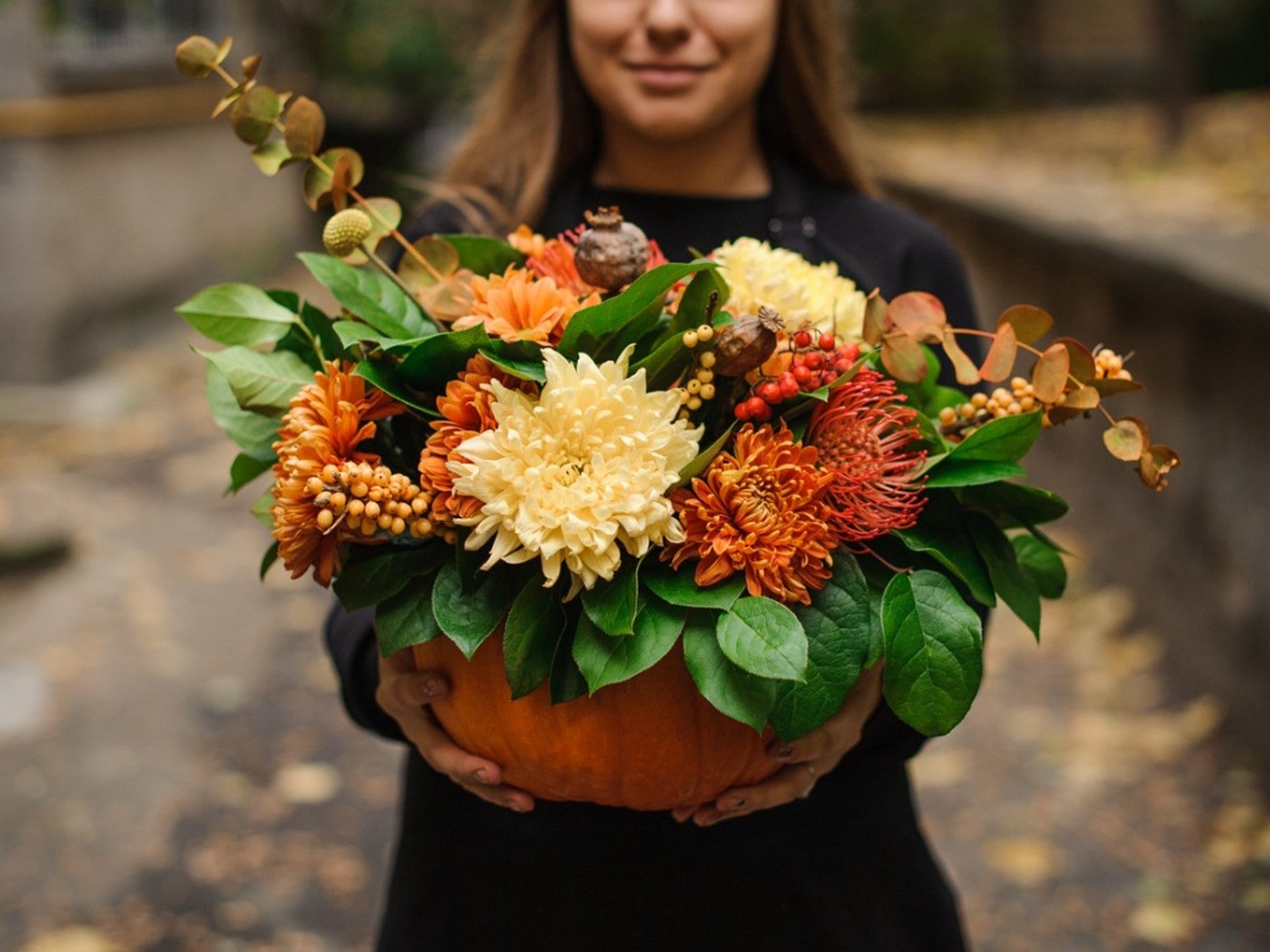Best Fall Cut Flowers For Autumn Arrangements


Creating fall floral arrangements is an excellent way for home gardeners to celebrate the arrival of cooler weather. While an array of fall blooms in the garden serves as an important source of nectar for late-season pollinators, fall floral centerpieces can also be a special, decorative gift for friends and family. When it comes creating a fall bouquet, the flowers you can select will be greatly dictated by their availability and bloom time. Fortunately, several species of cut flowers for fall can easily be grown at home. Below, we will learn more about some of the most popular fall blooming plants for autumn bouquets.
Popular Cut Flowers for Fall
- Amaranth - When it comes to growing a bouquet of fall flowers, gardeners may sometimes overlook plants that serve as fillers or foliage. Foliage and filler plants are essential in flower arrangements, as they add texture and dimension to bouquets. Large, plumed amaranth flowers produce stalks that range greatly in color. The most common varieties of amaranth display rich, golden hues or shades of deep burgundy. This fall color palette works well with many other annuals, which are found in bloom during the same period. For the best results for cut flowers. you should harvest the flower stems before each plant has had the chance to develop seed. Plants picked too late may wilt easily, droop, or even begin to drop messy seeds after being arranged.
- Rudbeckia - Both annual and perennial rudbeckia flowers are a good candidate for use in autumn cut flower arrangements. As a wildflower, native rudbeckia species are highly adaptable and easy to grow. Hybrid and open-pollinated rudbeckia cultivars offer gardeners a vast range of color, including brilliant shades of yellow and rusted bronze. With an exceptional vase life, rudbeckia flowers are known to produce multitudes of dependably strong stems.
- Sunflower - Both single and branching varieties of sunflower are often used in the creation of fall floral arrangements. Among the most common cultivars for use in autumn are those which produce deep burgundy or bronze blooms. Due to their ease of growth, sunflower plants are a good option for beginner gardeners or those planting for the very first time. In most cases, sunflowers may be succession-planted from late spring until mid-summer. This will ensure a continued harvest of cut flowers throughout the entire growing season until the arrival of the first frost.
- Tithonia - Though much more delicate than some other species of autumn blooming flowers, tithonia can also be used in arrangements and centerpieces. Annual tithonia plants yield masses of bright, daisy-like flowers. These long-lasting blooms are exceptionally attractive to hummingbirds, monarch butterflies, and late-season pollinators. In addition to looking beautiful in the landscape, their vibrant orange flowers are sure to make people take notice when arranged into vases.
- Zinnia - Much like sunflowers, zinnias are an extremely popular choice for first-time growers. When directly sown in spring after all chances of frost have passed, zinnias will continue to bloom well into autumn. These cut-and-come again flowers reward gardeners with armloads of high-quality stems that are perfect for use in fall centerpieces and in bouquets. Though shades of red, orange, and yellow are most popular at this time, zinnia growers may be limited only by their imagination, as cultivars of this species can be found in a veritable rainbow of colors.
Sign up for the Gardening Know How newsletter today and receive a free copy of our e-book "How to Grow Delicious Tomatoes".

Tonya Barnett has been gardening for 13 years. Flowers are her passion. She has transformed her backyard into a cut flower garden, which she regularly chronicles on her YouTube channel http://www.youtube.com/@tonyawiththeflowers.